
Have you ever been in a room where the acoustics were so bad, it felt like you were listening to your favorite songs or having a conversation underwater?
Bad acoustics can ruin experiences, whether you’re in a home theater, a recording studio, or even just your living room.
Enter the world of sound diffusers—a game-changing solution to all your acoustic woes.
This comprehensive guide will delve into everything you need to know about sound diffusers, from the science behind sound diffusion to the different types of diffusers and how to choose the right one for your space.
If you’re ready to improve your acoustics and say goodbye to bad sound once and for all, you’re in the right place.
Let’s dive into the comprehensive world of sound diffusers.
What Are Sound Diffusers and Why Should You Care?
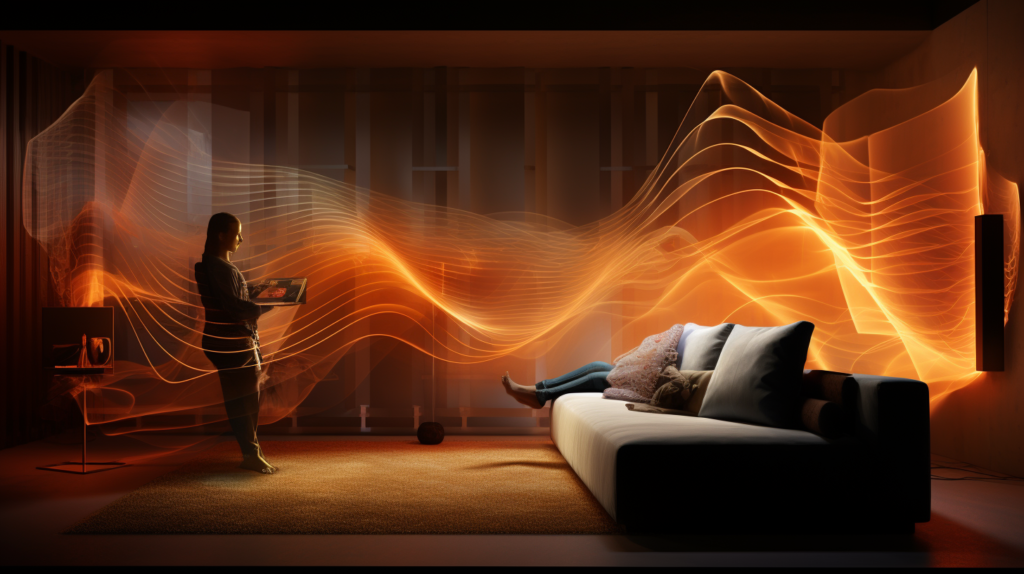
Welcome to our comprehensive guide on sound diffusers. If you’ve landed on this page, it’s likely you have an interest in sound quality.
Perhaps you’re a recording artist, a home theater enthusiast, or someone who wants to optimize their living or workspace for better acoustics. You’ve come to the right place.
Sound diffusers are architectural elements that can drastically improve the sound quality in any given space.
They break up sound energy by scattering it in multiple directions, reducing echoes and enhancing your overall listening experience.
Unlike sound absorbers, which reduce noise by soaking up sound waves, diffusers maintain the energy of the sound, keeping the liveliness of your room intact.
What Is Sound Diffusion?
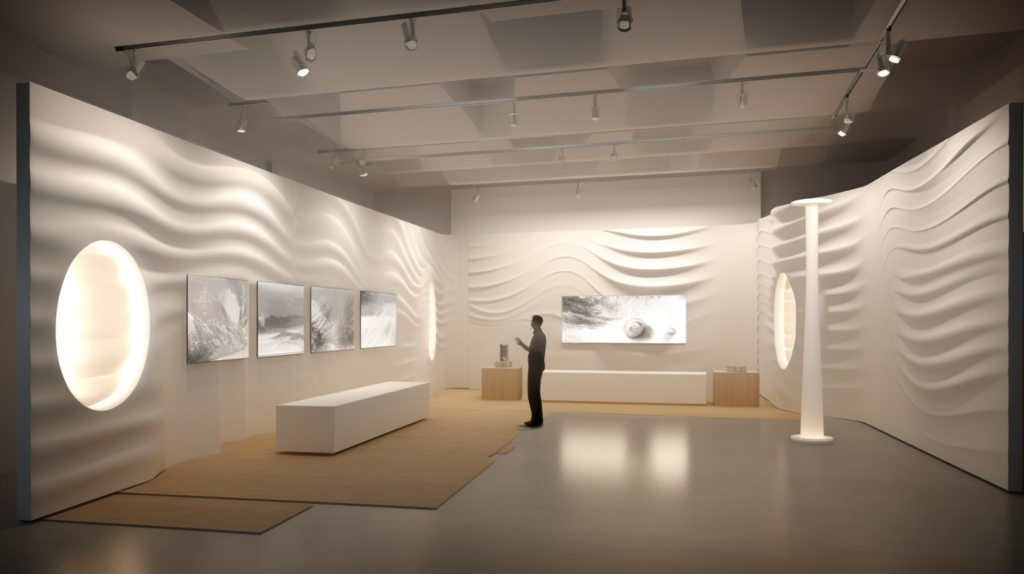
Understanding sound diffusers begins with a fundamental concept: sound diffusion. But what exactly is it?
Sound diffusion is the spreading or scattering of sound waves in various directions. It’s a fascinating area of acoustics that delves into how sound behaves in a confined environment.
The primary goal of sound diffusion is to create a balanced sound field within a room.
A balanced sound field is free from “hotspots” or “dead zones,” which are areas where the sound is either too loud or too soft.
When sound waves bounce off walls and other surfaces, they can either cancel each other out or build upon each other, leading to an uneven distribution of sound.
This is where sound diffusers come into play.
How Do Sound Diffusers Differ from Sound Absorbers?
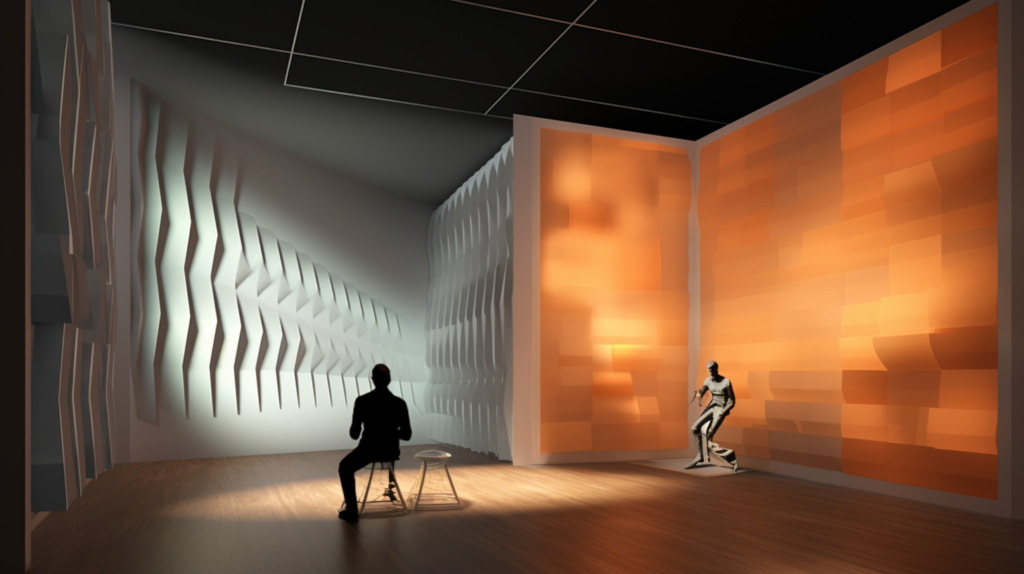
You might have come across sound-absorbing materials like polyester acoustic panels. These are often used in recording studios, homes, and office spaces to reduce unwanted noise.
However, it’s essential to understand that sound absorbers and sound diffusers serve different purposes, even though they both improve a room’s acoustic properties.
Sound absorbers, like polyester acoustic panels, work by capturing sound waves and converting their energy into heat.
This process is effective for reducing noise levels and is particularly useful in settings where silence is golden.
However, sound absorbers can make a room sound “dead” by removing too much sound energy.
Sound diffusers, on the other hand, don’t remove sound energy; they redistribute it. By scattering sound waves, diffusers can make a room sound more “alive” and balanced.
This is crucial for spaces where sound quality is paramount, like recording studios or concert halls.
The choice between sound absorbers and diffusers will depend on the specific acoustic needs of your space.
What Are the Different Types of Sound Diffusers?

So you’ve decided you want a sound diffuser, but which type should you choose?
There are several types of sound diffusers, each with unique characteristics that make them suitable for different acoustic needs.
The most common type is the quadratic-residue diffuser, often referred to as a QRD. These diffusers use a series of wells of varying depths to scatter sound waves effectively.
Another popular type of diffuser is the Schroeder diffuser.
Named after Manfred R. Schroeder, who pioneered their design, these diffusers also use a series of wells, but the sequence and depth are based on number theory.
They are highly effective and are often found in professional recording studios and concert halls.
How Do Sound Diffusers Actually Work?
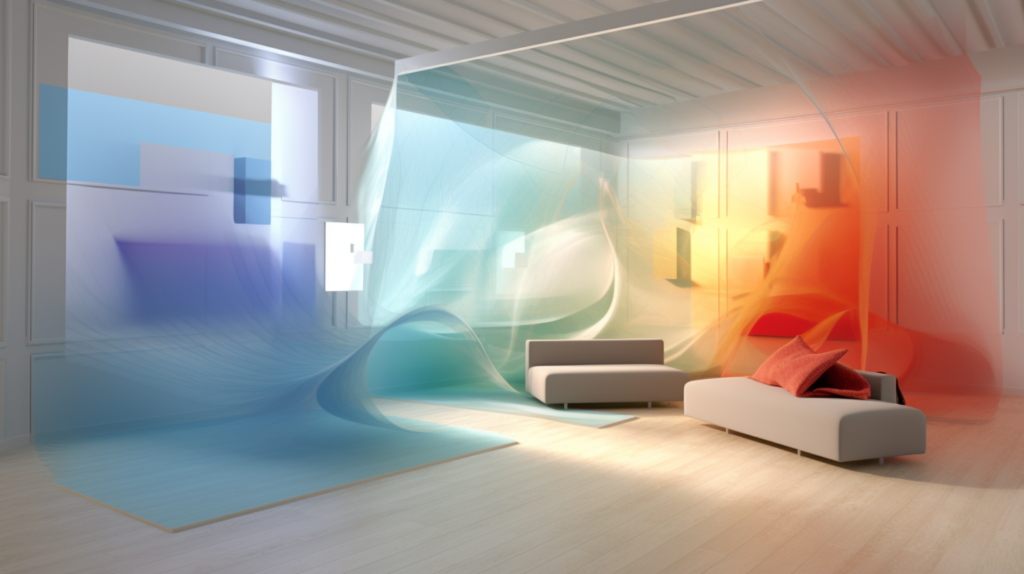
Let’s get into the nuts and bolts of how sound diffusers operate.
The primary function of a sound diffuser is to scatter or disperse sound waves, reducing the focus of sound energy in specific directions.
They do this by reflecting sound off their irregular, often mathematically calculated surfaces.
When sound waves hit the surface of a diffuser, they bounce back in various directions, depending on the shape and depth of the wells.
This process helps to create a more even sound field, reducing the effect of hotspots or dead zones.
It helps to distribute sound energy uniformly across a room, enhancing the clarity and richness of audio playback or recording.
What Materials Are Used in Sound Diffusers?

Choosing the right material for your sound diffuser is almost as crucial as selecting the type.
Different materials have distinct acoustic properties that can affect the performance of the diffuser.
Wood is a commonly used material due to its natural acoustic properties and aesthetic appeal.
However, diffusers can also be made from other materials like plastic, metal, or even polystyrene.
While these materials may not have the natural acoustic properties of wood, they can still be effective, especially when designed well.
Each material has its advantages and disadvantages, such as cost, durability, and effectiveness, making the choice highly dependent on your specific needs and constraints.
How to Choose the Right Sound Diffuser for Your Space?

Selecting the perfect sound diffuser for your environment can be a daunting task.
There are multiple factors to consider, from the size of the room to the specific acoustic challenges you face.
The first step is to evaluate the space.
Are you looking to enhance a home theater, a recording studio, or perhaps an open-plan office?
The application will heavily influence the type of diffuser you choose.
Next, consider the material. As mentioned earlier, wood is a popular choice, but other materials like plastic and metal are also available.
You might also consider consulting an acoustic engineer or a professional in the field.
They can provide valuable insights into the ideal type, size, and placement of diffusers for your specific space.
Where Are Sound Diffusers Commonly Used?
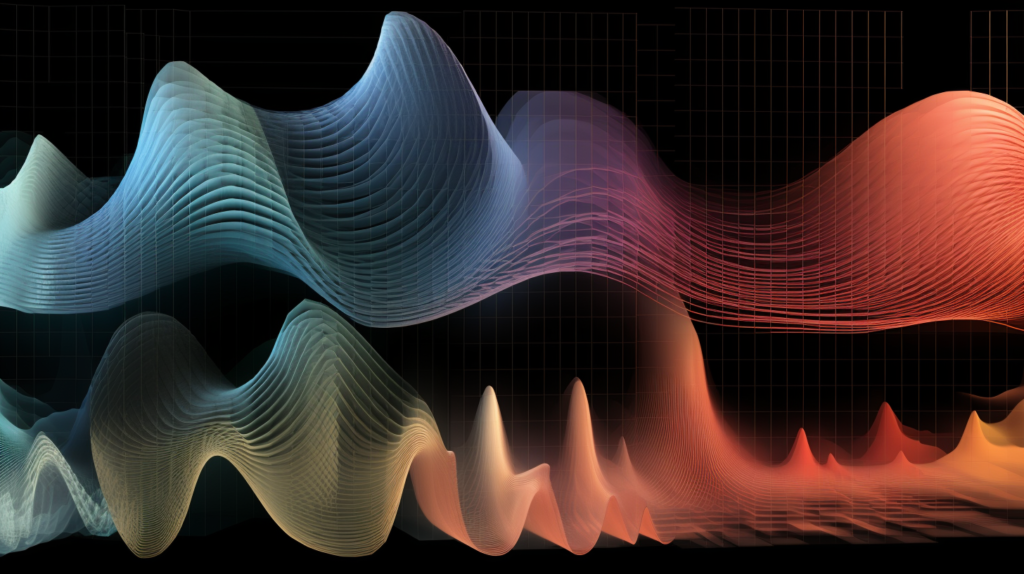
Sound diffusers have a broad range of applications, making them incredibly versatile. One of the most common places you’ll find sound diffusers is in recording studios.
Here, audio clarity and quality are of the utmost importance, and diffusers help achieve that.
You’ll also find sound diffusers in other entertainment venues like theaters and concert halls. In these large spaces, ensuring sound is evenly distributed can be a significant challenge, one that diffusers can help overcome.
In recent years, sound diffusers have also made their way into residential settings.
Home theaters and dedicated listening rooms can benefit significantly from the improved acoustics that sound diffusers offer.
How to Install a Sound Diffuser for Maximum Effectiveness?
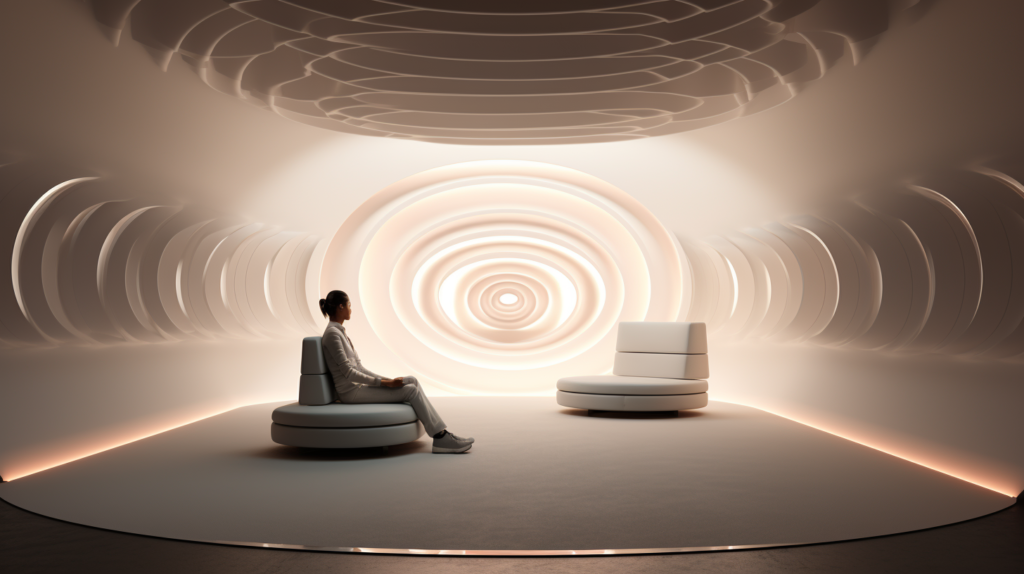
Once you’ve selected the right type of sound diffuser, the next step is installation.
But where should you place your diffuser for the best results?
Placement can drastically affect the effectiveness of a sound diffuser. While the specifics may vary depending on your room and the type of diffuser, some general guidelines can help.
For instance, placing a diffuser on the rear wall behind the listening position can help create a more immersive sound field.
Some experts also recommend placing diffusers on the ceiling to combat ceiling reflections effectively.
The key is to experiment and perhaps even seek professional advice to ensure you’re getting the most out of your sound diffusers.
Conclusion
We’ve explored the multifaceted world of sound diffusers, from their basic principles to their various applications.
Whether you’re looking to optimize a home theater or a professional recording studio, the right diffuser can significantly improve your acoustics.
With thoughtful selection and proper placement, a sound diffuser can transform your auditory experience, making it richer and more balanced.
Thank you for joining us on this journey; we hope you found it enlightening.
